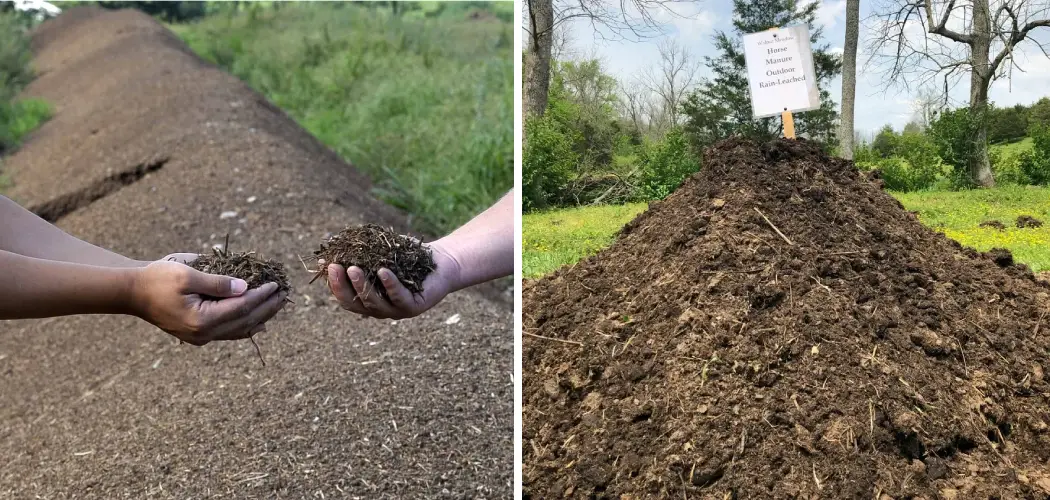Are you looking for an organic and eco-friendly way to fertilize your garden? Horse manure is a natural fertilizer that can improve soil quality, help gardening plants thrive, and save you money in the long run. Not only is horse manure good for gardens, but it’s also easy and safe to use when properly handled.
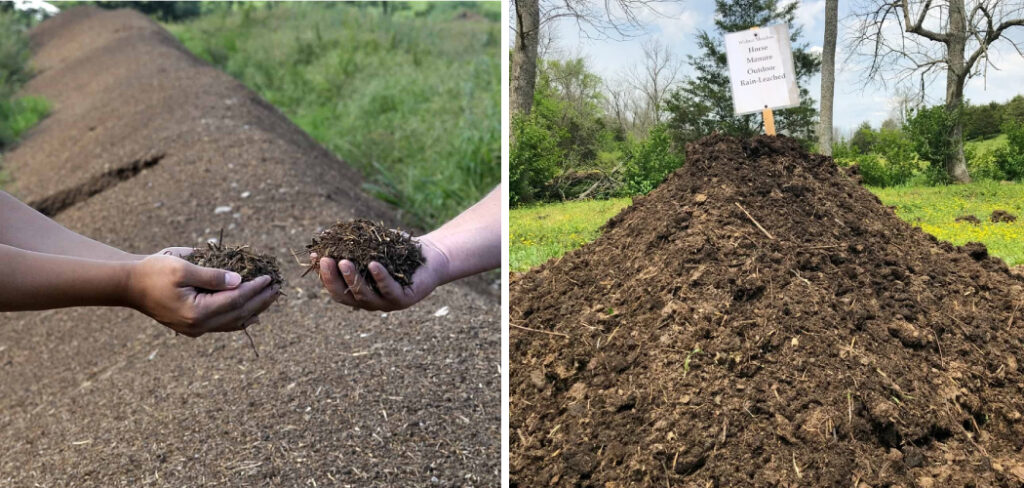
In this article on how to use horse manure in garden, we’ll discuss the benefits of using horse manure in gardens, how to collect it ultimately prepare it for application. Whether you’re a novice or an experienced gardener interested in enriching their soil with natural materials like horse manure or compost, read on to find out more!
What is Horse Manure?
Horse manure is the waste material produced by horses, which consists of a combination of fibers, hoof shavings, hay, straw, and other organic materials. It’s an ideal animal-based fertilizer for gardeners because it contains essential macronutrients like nitrogen, phosphorus and potassium that plants need to grow. Horse manure also provides trace elements such as zinc, copper and sulfur that help make it an effective soil conditioner.
Benefits of Using Horse Manure in Gardens
Using horse manure in gardens can be beneficial in many ways. Not only does it provide essential nutrients for plant growth, but it also helps improve soil structure and drainage. The high nitrogen content of horse manure encourages microbial activity, which breaks down organic matter and helps the soil retain water and nutrients.
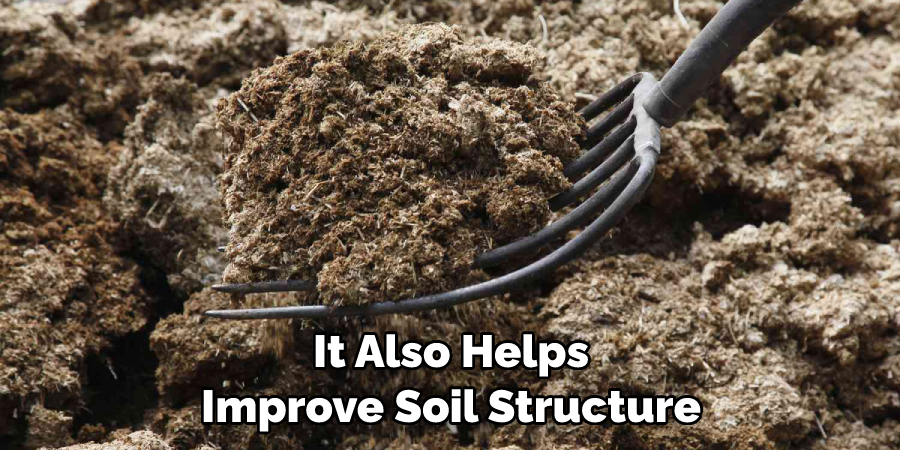
In addition, horse manure can increase soil fertility by providing essential macronutrients as well as helping to reduce weed growth due to its high lignin content.
11 Step-by-step Guides on How to Use Horse Manure in Garden
Step 1: Identify the Source
The first step is to identify a reliable source of horse manure that is free from harmful parasites or chemicals. It’s best to source manure from a local farm, stable or riding school. This way you can be sure that the manure is fresh and of good quality. It is important to avoid using manure from horses treated with any type of medication or wormer.
But it is also important to note that manure from healthy horses can still contain parasites, so you should always wear protective clothing such as gloves and a face mask when handling it.
Step 2: Collect and Transport the Manure
Once you’ve identified a reliable source, the next step is to collect and transport it to your garden. The easiest way to do this is with a wheelbarrow, shovel, or rake. You should wear protective clothing such as gloves and a mask when collecting manure so as not to come into contact with any potentially harmful bacteria. Make sure that the manure is placed in a secure container for transportation.
Step 3: Store the Manure
The collected manure should be stored in an enclosed area away from children and animals. It’s important to make sure that the manure is kept dry at all times as moisture will cause it to spoil and become unusable.
If possible, store the manure on plastic sheeting or pallets to prevent contaminating the soil beneath. But make sure there is adequate ventilation and avoid direct contact with sunlight to prevent the manure from heating up. It’s also important to keep animal manure away from vegetable beds and edible plants.
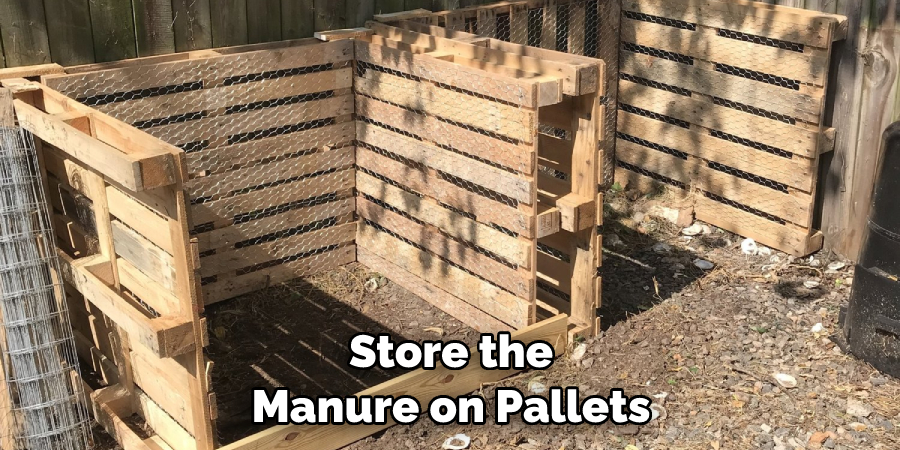
Step 4: Compost the Horse Manure
Composting the horse manure before applying it to your garden is essential as this will help to reduce any potential weed seeds and harmful bacteria. The composting process usually takes about three months, depending on the type of compost you use.
During this time, you should turn and aerate your pile regularly to ensure that it’s properly broken down for optimal plant nutrition. It’s also important to note that manure should not be applied directly to seed beds or vegetable gardens.
Step 5: Prepare the Soil
Before applying horse manure to your garden, prepare the soil by cultivating it with a tiller or other suitable tool. This will create an ideal environment for planting and allow better absorption of nutrients from manure when applied. Make sure to remove any rocks and debris before applying the manure.
It’s also important to test the pH of your soil before applying the manure as this will ensure that it is suitable for growing plants. But keep in mind that the pH will change once manure has been applied.
Step 6: Apply the Manure
Once your soil is prepared, it’s time to apply the composted horse manure to your garden beds. The amount of manure you use will depend on the size of your garden and what type of plants you are growing. Generally speaking, a layer about an inch thick applied over the entire bed should be sufficient for most gardens. Work the manure into the soil with a rake or tiller to ensure even distribution throughout the area.
Step 7: Watering After Application
After applying horse manure to your garden, water it thoroughly to help activate nutrients in the soil and promote healthy plant growth. It is important not to overwater as this will dilute the manure and reduce its effectiveness. This is especially true if you have applied too much manure.
If necessary, you can always spread out any excess to reduce the amount of water needed. But keep in mind that over-watering can lead to nutrient leaching and waterlogging, which can be harmful to your plants.
Step 8: Cover with Mulch
Once your garden is properly fertilized, it’s important to cover it with a layer of mulch. This will help to keep moisture in the soil and suppress weed growth. It also gives your garden a neat and attractive appearance. But make sure not to use too much mulch as this can smother your plants and reduce their access to air and sunlight. It’s best to use a thin layer of organic mulch such as straw or bark chips.
Step 9: Monitor Plant Growth
Carefully monitor the growth of your plants over time to assess how well the horse manure has impacted their growth and health. If you find that they are not thriving, apply more manure or compost as needed until desired results are achieved. This may require experimenting with different types of manure or adding other types of soil amendments.
It is also important to check the pH of your soil regularly, as this will determine how well your plants are able to absorb nutrients.
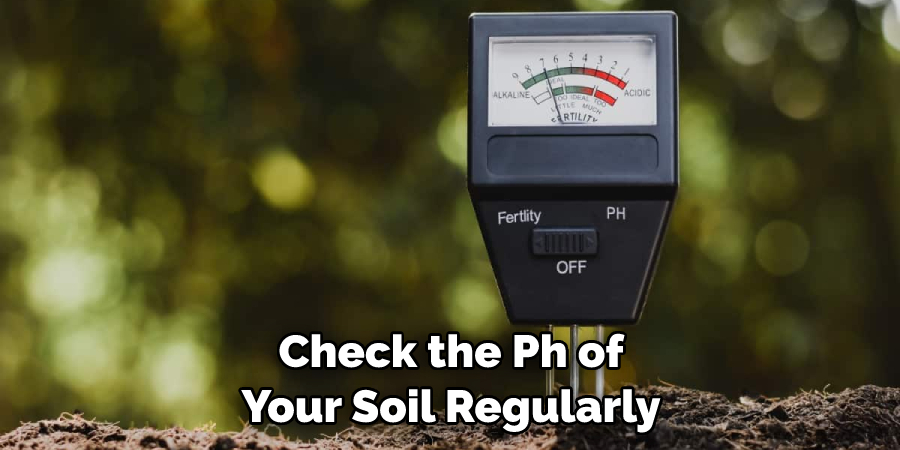
Step 10: Dispose of Unused Manure
If there is any unused horse manure, it should be disposed of properly and safely. Manure should never be dumped in water sources or on land which can lead to runoff and pollution. The best way to dispose of manure is to spread it in a thin layer over an area away from your garden and let it decompose naturally.
Step 11: Enjoy Your Garden
Finally, sit back and enjoy the results of your hard work! With the proper application of horse manure, you can create a vibrant and healthy garden while also helping to reduce your environmental footprint by using natural fertilizers.
Always remember to use protective clothing, such as gloves and a face mask, when handling manure to reduce the risk of coming into contact with any potentially harmful bacteria. With the right supplies and a bit of patience, you can easily create a beautiful and sustainable garden with horse manure.
By following these steps on how to use horse manure in garden, you will easily be able to use horse manure in your garden for lush growth without any worries about potential problems. Just remember that safety precautions must always be taken when handling horse manure for optimal effectiveness
Frequently Asked Questions
Q: How Often Should I Apply Horse Manure to My Garden?
A: The frequency of application will depend on the size of your garden and what type of plants you are growing. Generally speaking, it is recommended to apply a layer of composted horse manure about an inch thick once every six months or so to ensure that your plants receive the necessary nutrients for optimum growth.
Q: Is Horse Manure Safe for Vegetables?
A: Yes, horse manure is safe for vegetables when applied in proper proportions and after being properly composted. When working with manure, always be sure to wear protective clothing such as gloves and a mask to avoid coming into contact with any potentially harmful bacteria.
Q: Can I Use Fresh Horse Manure in My Garden?
A: No, fresh horse manure should not be used in gardens because it can contain too many bacteria and weed seeds which can be harmful to plants. It is best to compost the manure before using it in order to reduce any potential problems.
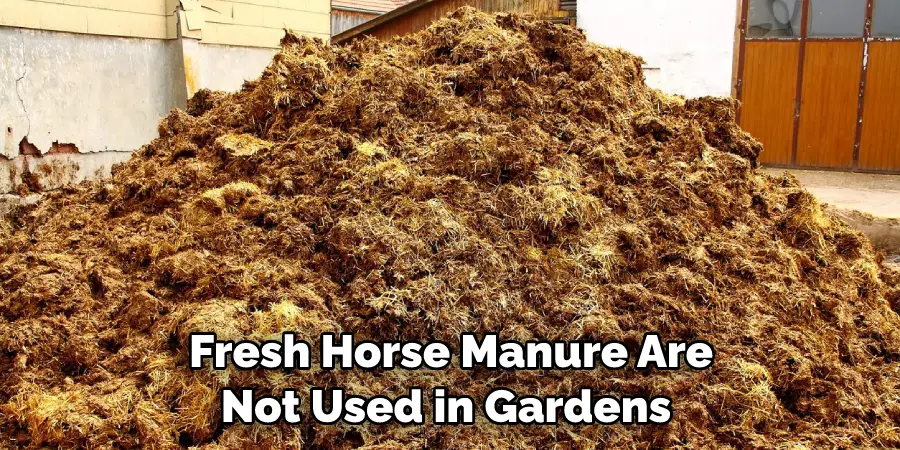
Q: How Long Does it Take to Compost Horse Manure?
A: The composting process usually takes about three months, depending on the type of compost you use. During this time, you should turn and aerate your pile regularly to ensure that it’s properly broken down for optimal plant nutrition.
Conclusion
In conclusion, horse manure is an excellent and cost-effective way to enrich your garden soil. Whether you choose to purchase it or have a steady supply from your own horses, using horse manure for gardening can provide plenty of benefits for you and your plants.
Furthermore, its use can drastically reduce the amount of waste created by human-made fertilizers, leading to a self-sustaining cycle that will conserve our resources. With the right method, you’ll be able to get the most out of your manure and reap the rewards!
Now that you know how to use horse manure in gardening, why not consider making a rain gutter planter and watch your garden flourish? Not only will it add interest and character to your outdoor spaces, but it will also provide another source of natural fertilizer. All in all, with the proper application, horse manure can become integral part of any flourishing garden.
About
Outdoor Fixes is a distinguished figure in the world of Diy design, with a decade of expertise creating innovative and sustainable Diy solutions.
His professional focus lies in merging traditional craftsmanship with modern manufacturing techniques,
fostering designs that are both practical and environmentally conscious. As the author of diy,
outdoorfixes delves into the art and science of outdoorfixes-making, inspiring artisans and industry professionals alike.
Education RMIT University
(Melbourne, Australia) Associate Degree in Design (Outdoor Fixes) Focus on sustainable design, industry-driven projects,
and practical craftsmanship. Gained hands-on experience with traditional and digital manufacturing tools, such as CAD and CNC software.
Nottingham Trent University
(United Kingdom) Bachelor’s in outdoorfixes.com and Product Design (Honors) Specialized in product design with a focus on blending creativity with production
techniques. Participated in industry projects, working with companies like John Lewis and Vitsoe to gain real-world insights.
Publications and Impact
In diy, Outdoor Fixes his insights on indoor design processes, materials, and strategies for efficient production.
His writing bridges the gap between artisan knowledge and modern industry needs, making it a must-read for both budding designers and seasoned professionals.

